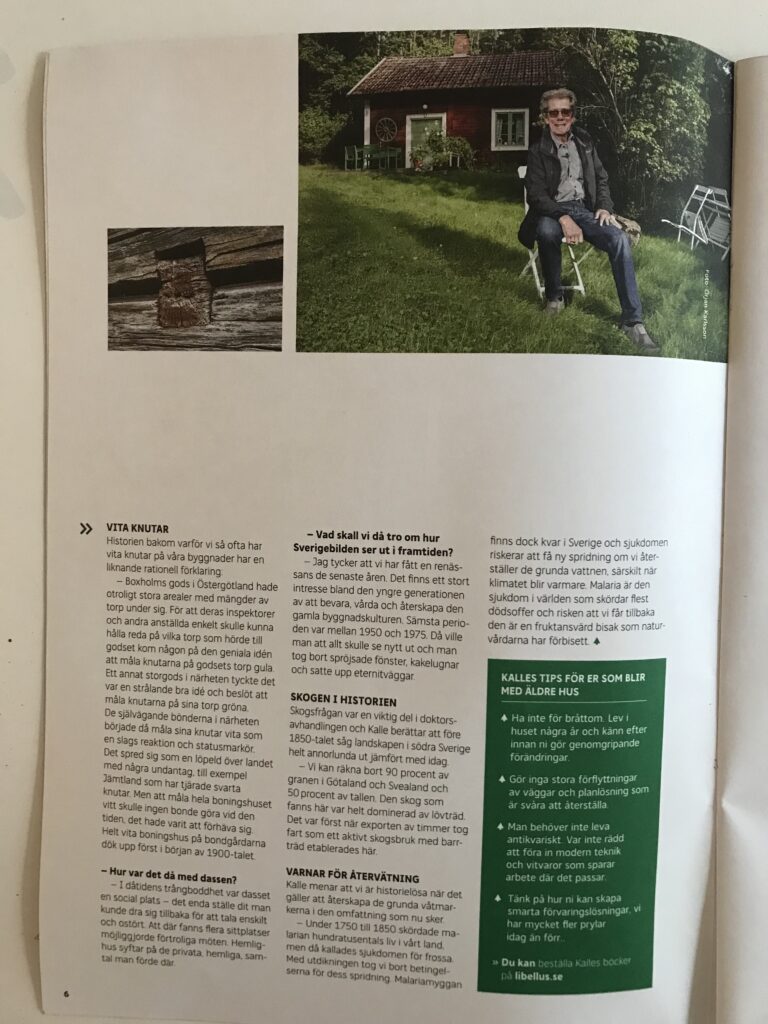The risk of getting back malaria in Sweden is sometimes suggested as a real concern in discussions regarding large state-funded efforts to re-create wetlands to mitigate climate change or reduce eutrophication and increase landscape biodiversity. The latest we have found regarding this is from a magazine published by Derome where a professor in history, Kalle Bäck, calls the risk of malaria a “terrible consequence that nature conservationists have missed”, see attached article (in Swedish). The problem is that he is completely wrong.

Anders Lindström at SVA, the National Veterinary Institute states:
“It is a strange statement about malaria that Kalle Bäck makes. Firstly, it can be stated that the malaria that existed in Sweden in the 18th and 19th centuries was caused by Plasmodium vivax. The parasite that Bäck refers to as causing the most deaths in the world is Plasmodium falciparum, that is, a completely different species. P. falciparum has never been found in northern Europe because it is too cold here for the parasite to develop in the mosquitoes. Plasmodium vivax can certainly also kill infected humans, but to a much lesser degree. During the period 1749 – 1820 an average of 1045 people died per year from malaria in Sweden. The disease was endemic and common along the coast from Blekinge up to Ångermanland and around Mälaren and Vänern. When there were epidemic outbreaks, it appeared all over southern Sweden.
The species of malaria mosquitoes responsible for the spread of malaria parasites overwinter as fully grown female mosquitoes. You can still visit almost any stable attic and find malaria mosquitoes. The dredging of wetlands certainly reduced the population of malaria mosquitoes, but as I said, the mosquitoes are still there and are not rare.
The fact that malaria disappeared in Sweden is considered mainly to be due to better housing standards. The mosquitoes thrive in dark and damp stables. When the housing standard was lower, there was no major difference between animal houses and residential houses. Often the animals were outdoors all year round. When the houses became warmer, brighter, cleaner and with lower humidity than before, the mosquitoes preferred to stay in the increasingly common animal stables. Since malaria mosquitoes almost always bite at night and there is food for them in the stables, fewer people were bitten and the transmission of malaria parasites decreased until it stopped.
The improved health care and the use of quinine also reduced malaria parasites. In order for us to bring back malaria in Sweden, it would be required that we get a significant part of the population infected by malaria parasites and at the same time bring back the 18th century housing standard and that the healthcare system fails to identify and treat malaria cases. “
